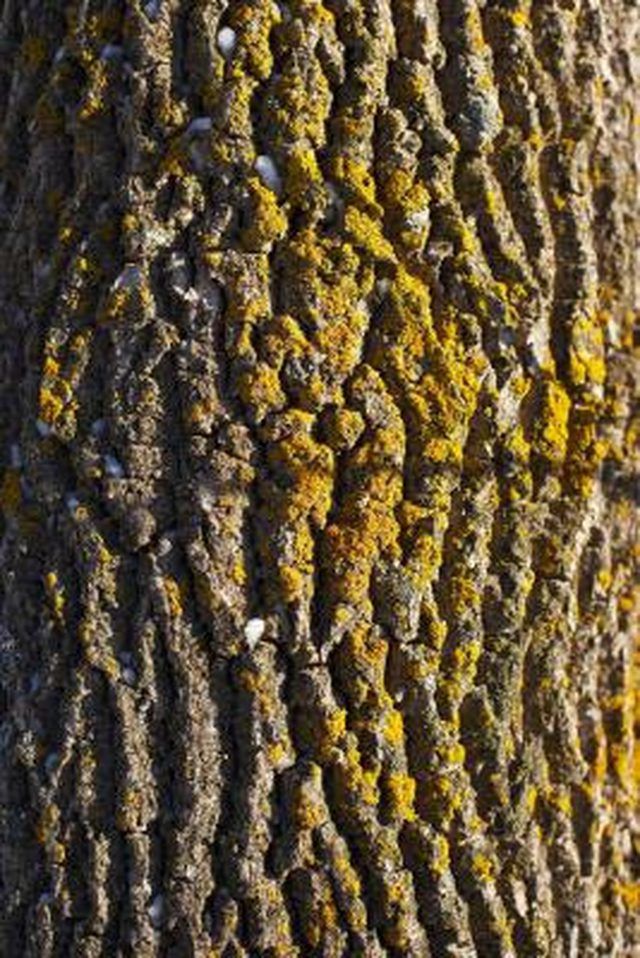Bulbs
Flower Basics
Flower Beds & Specialty Gardens
Flower Garden
Garden Furniture
Garden Gnomes
Garden Seeds
Garden Sheds
Garden Statues
Garden Tools & Supplies
Gardening Basics
Green & Organic
Groundcovers & Vines
Growing Annuals
Growing Basil
Growing Beans
Growing Berries
Growing Blueberries
Growing Cactus
Growing Corn
Growing Cotton
Growing Edibles
Growing Flowers
Growing Garlic
Growing Grapes
Growing Grass
Growing Herbs
Growing Jasmine
Growing Mint
Growing Mushrooms
Orchids
Growing Peanuts
Growing Perennials
Growing Plants
Growing Rosemary
Growing Roses
Growing Strawberries
Growing Sunflowers
Growing Thyme
Growing Tomatoes
Growing Tulips
Growing Vegetables
Herb Basics
Herb Garden
Indoor Growing
Landscaping Basics
Landscaping Patios
Landscaping Plants
Landscaping Shrubs
Landscaping Trees
Landscaping Walks & Pathways
Lawn Basics
Lawn Maintenance
Lawn Mowers
Lawn Ornaments
Lawn Planting
Lawn Tools
Outdoor Growing
Overall Landscape Planning
Pests, Weeds & Problems
Plant Basics
Rock Garden
Rose Garden
Shrubs
Soil
Specialty Gardens
Trees
Vegetable Garden
Yard Maintenance
Mold and Mildew on a Tree Trunk
Mold and Mildew on a Tree Trunk. While mold and mildew take away from the beauty of trees, they do little harm and generally disappear when dry weather rolls in. Nevertheless, there are things you can do to reduce mold and mildew.

While mold and mildew take away from the beauty of trees, they do little harm and generally disappear when dry weather rolls in. Nevertheless, there are things you can do to reduce mold and mildew.
Mold
Mold grows on the sugary excretions of certain insects, such as aphids. Generally, these insects excrete this substance on the leaves of trees. However, the substance can drip down onto the bark of the tree as well, allowing mold to grow on the tree's outer skin. Moreover, lichens, composite organisms composed of algae and fungi, grow on the trunks of unhealthy trees and resemble mold.
Mildew
Mildew, also known as powdery mildew, appears on the leaves or trunks of trees as a white growth. The white growth is actually the result of millions of tiny fungal spores. Trees most commonly affected by mildew include linden, crab apple, catalpa and chokecherry.
Control
Powdery mildew is rarely serious enough to warrant chemical control. Nevertheless, you can get rid of powdery mildew by spraying wettable sulfur at two to four pounds per 100 gallons. Keep in mind that sulfur may harm tender foliage in hot weather. Moreover, sulfur should not be used on walnut trees. As for mold, the goal is to reduce the numbers of honeydew-secreting insects. This can be done by frequently watering the foliage.